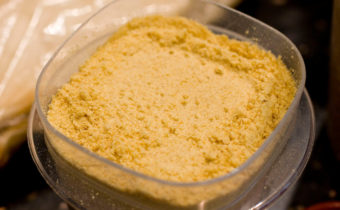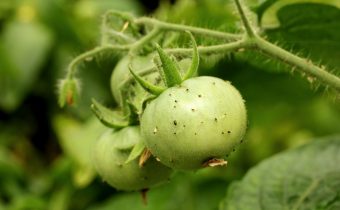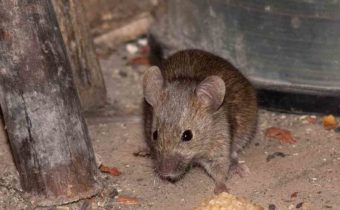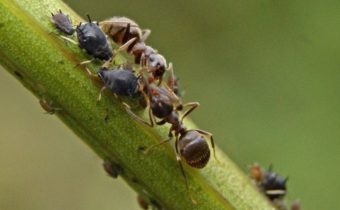Summer without ants: a simple way without chemistry!
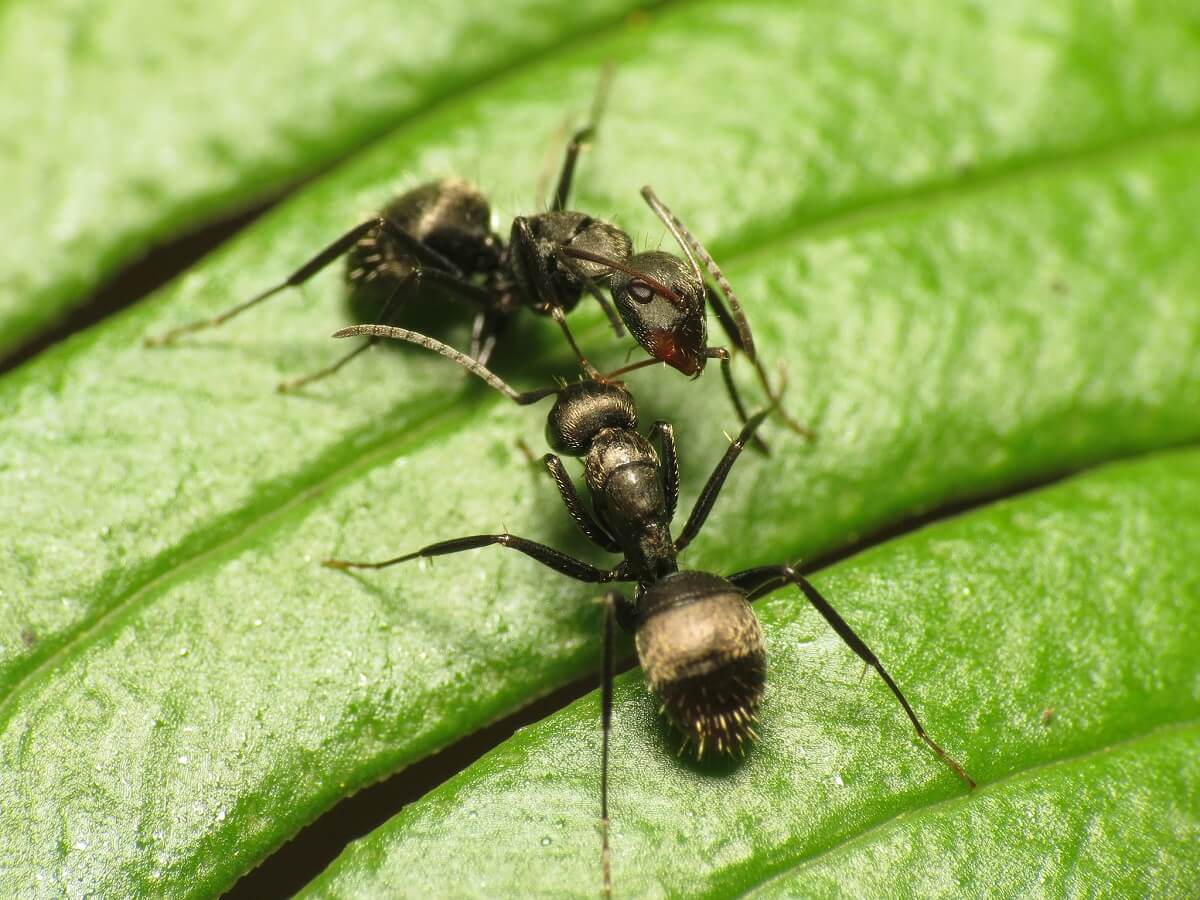
Ants, who since childhood know as “forest nurses”, at their summer cottage can cause a shortage of crops. Having settled in a garden or in a garden, they turn from useful “workers”, destroying pests, into the latter. To combat insect pesticide manufacturers offer a whole line of insecticides. But for environmentally friendly products, it is better to use folk methods in the form of baits with millet, decoy and other tricks.
The benefits and harm of ants on the site
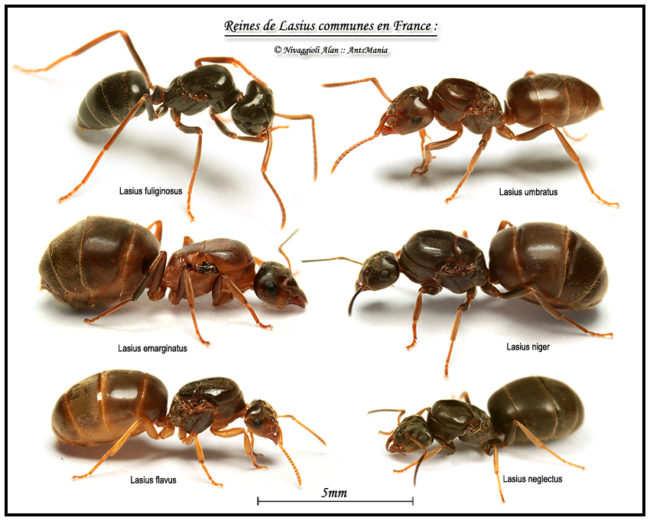
The family unites 21 subfamilies. And if forest ants settle in the forests, then in the gardens, as a rule, they are brown, sod, red-cheeked and ordinary garden, which feed on cultivated plants. Insects colonize vast areas of colonies consisting of the uterus, several males and many working individuals. Their large numbers and rapid reproduction become a big danger for gardeners.
Positive influence
The basis of the garden ant ration is harmful insects and larvae. During the day, the inhabitants of one anthill exterminate 10 times more pests, compared with the bird. Ants love nectar, thus contributing to the re-pollination of flowering plants. They loosen the top soil layer and convert phosphoric, potash compounds into more accessible to plants.
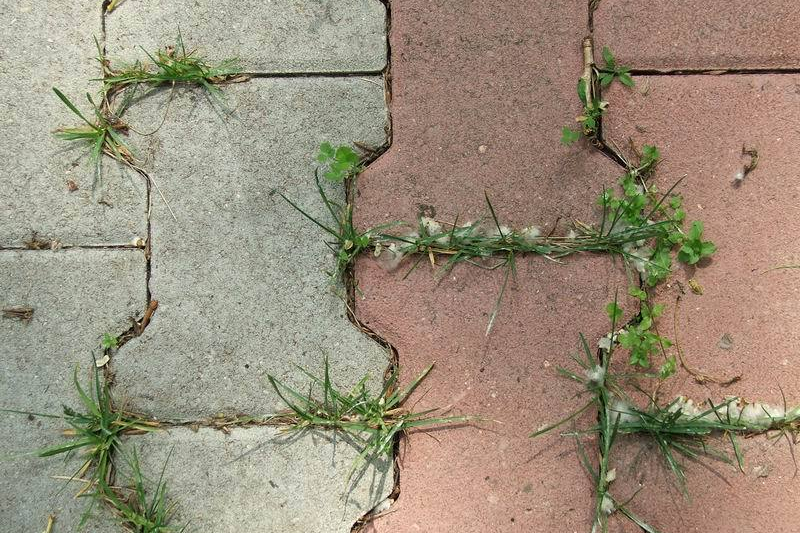
Negatives of the "neighborhood"
But despite the benefits that ants bring, their opponents among gardeners are much more than supporters. Main reasons:
- Ants promote the breeding of aphids, protect it and even help to move to wintering grounds. On the abdomen of the pest, they find in the quality of food the remnants of the sap of plants, mixed with the sweet secretions of the aphid itself.
- Some species destroy seeds, seedlings, eat the roots of plants, eat out buds and flowers.
- Brown ants quickly move to a person’s dwelling, creating characteristic mounds in the corners, and feed on any food debris.
How to deal with insects
Many gardeners and gardeners use insecticides, especially since their choice on the pesticide market is very wide. Non-supporters of chemical means of protecting crops from pest attacks should consider the popular methods of struggle. They will help to drive away ants in humane ways, sometimes without even destroying colonies, which number from 5 to 10 million individuals.
The numerous anthill, appearing on the site, does not long remain in a single copy. It is important to quickly eliminate the looming threat. Depending on the purpose and size of the colony, the summer resident selects an acceptable strategy for fighting ants. The last there are only two:
- scaring away the garden plot, avoiding it;
- complete destruction of insects.
Traps and lures
These popular folk methods and means allow to destroy insects. They are effective in high occupancy. plot of ants, representing a danger not only for the garden, but also for housing, in which they very quickly move.Prepare bait from available materials that can be purchased at a regular supermarket.
On sale there are compositions of "non-drying" glue, which can be applied to the boles. Do not do this, because the crust may suffer, the process will be irreversible.
Catcher's belts
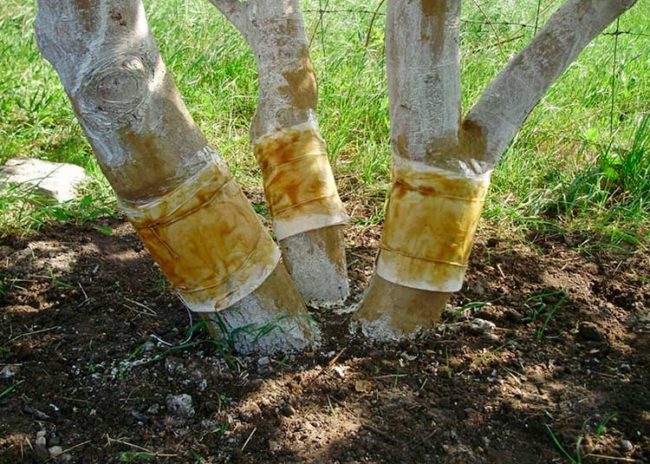
They are attached to the trunk of a tree or shrub. There are two types of belts:
- Dry - made from paper and a fleecy material, sometimes even using stockings in several layers. A prerequisite is to constantly check the traps and send insects to the fire.
- Sticky - gardeners put in the middle of the trunk in a circle of tar or tar. After they are glued to insects, unable to carry more aphids on the shoots.
Insidious bait
Often use honey, which is impregnated with a sponge or diluted in a jar of water. In the first case, when the insects completely stick over the microfiber, it is sent to cool boiling water. In the second - the ants themselves drown in the tank, being unable to get out. Instead of honey, sugar can be dissolved. Meat residues also attract insects in large numbers.
Poison bait
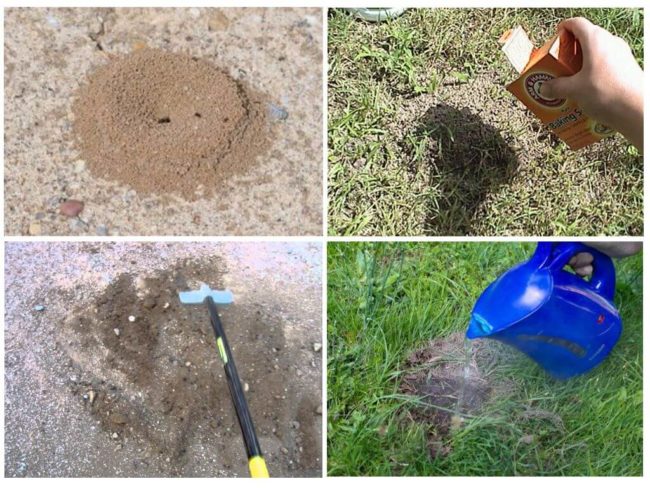
These are called products that contain additives that are deadly to insects. Ants eat them up and then die. One of the popular recipes involves the preparation of a mixture of 15 g of yeast, 5 g of jam and cold water. Last you need so much to get the consistency of thick cream. The tool is applied to the cardboard, which is placed on the path of ants.
It is possible to scatter the available product from groceries - semolina in places where pests accumulate. Groats after being eaten swell inside the ants - they die. The principle of operation of millet baits is almost the same. The difference is that ants, counting the grains as eggs of the uterus, bring them to the anthill, where, after precipitation, they swell, sealing all exits.
Scare
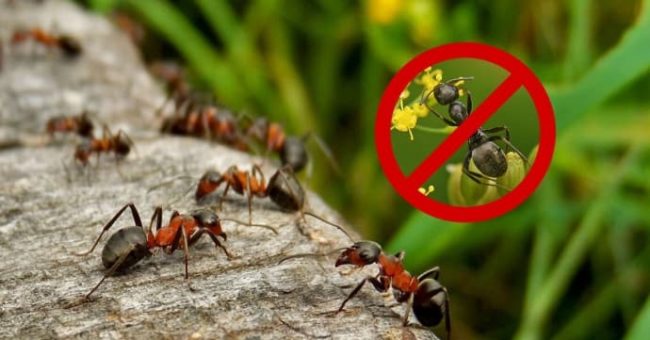
For gardeners who do not wish to kill ants, but only to scare them away from the site, there are also many ways. Insects react sharply to strong odors - it is not necessary to resort to their destruction, especially if the colony did not have time to grow.
Popular techniques:
- Sawdust, mixed with grated garlic, is laid out around the anthill. Sharp aroma should make change the place of dislocation.
- Ants often inhabit the strawberry planting, garlic is planted between the rows. This saves berries and green bushes from the attacks of ants, who are very fond of sweets, as well as from the colonization of aphids.
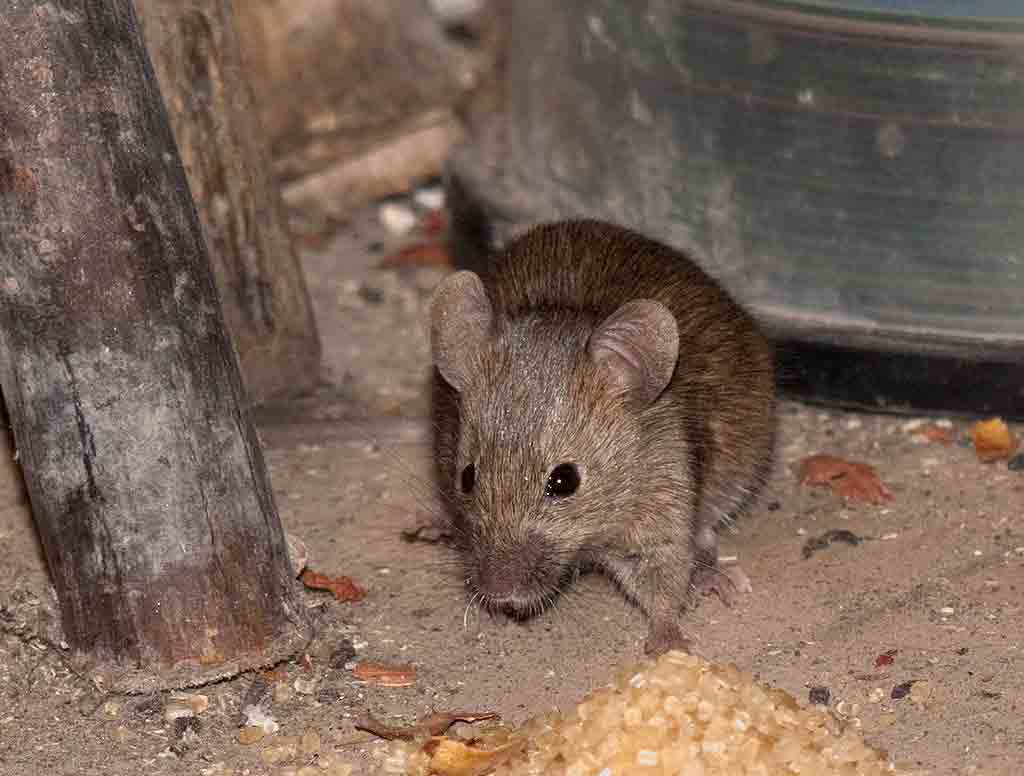
Useful ants that destroy only harmful insects in the forest can become a dangerous threat to the future crop in the garden. In addition, if you do not take measures to destroy them, choosing the most effective way, not only planting beds, but the garden can be badly damaged.



